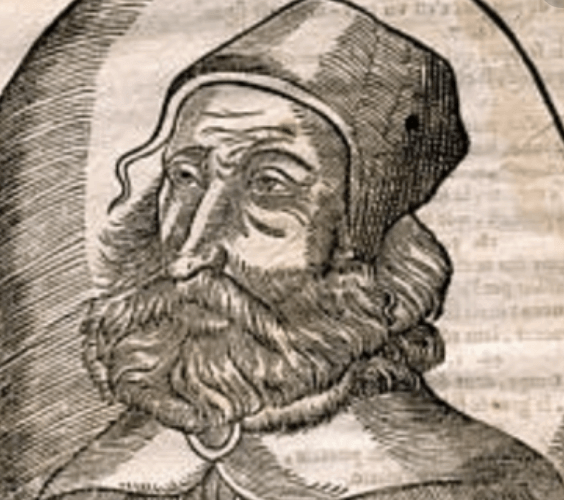Galen’s biography is so tied to the history of medicine that all doctors today, in one way or another, recognize his name; after Hippocrates, he is considered the most famous representative of the field of health in ancient times; their contributions have been decisive for medical sciences as they are known today.
Galeno’s concepts have guided medicine for over a thousand years. His studies of the human body laid the foundation for the whole anatomy. Among his many contributions was the discovery that air did not circulate through the veins, but the blood. In addition, he was also responsible for describing heart valves, kidney and bladder functions, and some basics of the brain.
- Galeno was also one of the first to witness and describe an epidemic.
- He witnessed the first line of Antonina’s plague.
- Also known as the “Galen Plague”.
- He divided the history of the ancient world into two parts and.
- Although doctors never quite understood it.
- They left important facts in it.
“Habit is a second nature. ” ? Galen?
Born in AD 129 or 130 in Pergamum, a city that was under Greek rule and is now part of Turkey, this doctor was born into a wealthy and aristocratic family. His father was Elio Nicon, a successful architect and landowner. Little is known about his mother, except that she had a difficult temperament.
Galeno’s parents gave his son a solid upbringing, his father is said to have dreamed one night of Asclepius, the god of medicine, in this dream the god himself told him that his son should study medicine, for this reason or another his father encouraged him to practice this profession.
Galeno first studied at Esculapión de Pergamon, which was a kind of temple of healing; there, the medical knowledge of the time was combined with religious beliefs. Later, the future doctor went to study in Izmir and Corinth, where he met the work of Hippocrates. that decisively influenced his training.
Subsequently, Galeno moved to Alexandria, which at the time was the true Mecca of knowledge, where he completed his training, mainly in anatomy and physiology, in this metropolis it was possible to dissect corpses and this allowed him to better understand the functioning of the human body.
He returned to his hometown when his father died, where he became a doctor at gladiator school and this allowed him to become acquainted with the beatings and wounds, a position he held for about four years, while his reputation as an effective healer grew. .
In 162, he moved to Rome, the? Capital of the world? In season, his prestige grew to the point of becoming a personal physician to several emperors: Marcus Aurélio, Comodo and Sétimo Severo, his stay in Rome allowed him to unleash his role as a researcher. He believed that at the time he wrote some 400 works, of which only 150 were preserved.
In Rome, dissections were prohibited and Galien had to do his research with animals, sometimes alive, sometimes dead, this, at the very least, allowed him to understand the basic functioning of the kidneys and spinal cord. Unfortunately, much of his work burned down in a fire in 171.
His main work was the Methodo medendi or On the Art of Healing, treated in force for 15 centuries, the work of this doctor also considered the essential basis of pharmacopoeia, one of its great virtues is that he was a renowned experimenter, a man of science who sought evidence to build knowledge based on his research.
His biography shows that Galen was also convinced that medical knowledge could not arise or exercise if it was not accompanied by a deep ethic; he believed that medicine was first and foremost a philanthropic art, that the doctor should be virtuous and disciplined, and that above all, it must be characterized by its temperance.
Before his death, this famous doctor returned to his native country, Pergamon, where he died around 216. Without Galen, neither medicine nor pharmaceutical chemistry would have progressed so rapidly in their knowledge.

